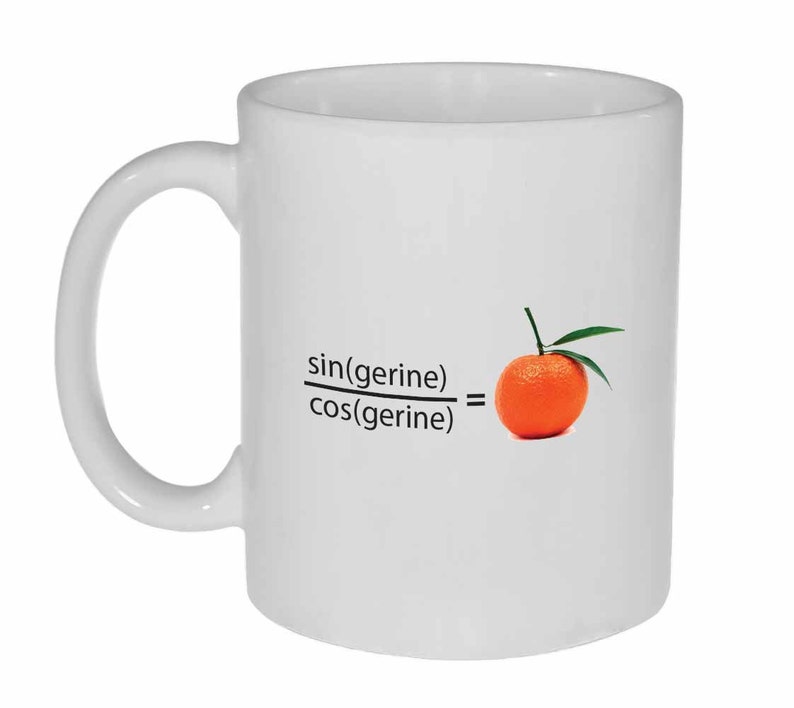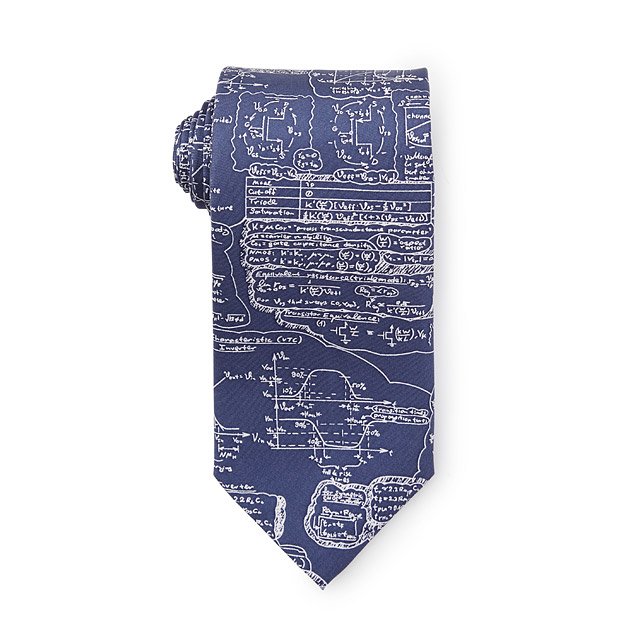Be sure to let us know how you solved it in the comments below or on social media!
DO the math, DON'T overpay. We make high quality, low-cost math resources a reality.
Thursday, December 26, 2019
PotW: Maximizing the sum of x and y [Algebra]
Check out this Problem of the Week.
Be sure to let us know how you solved it in the comments below or on social media!
Solution below.
Be sure to let us know how you solved it in the comments below or on social media!
Wednesday, December 18, 2019
The Mathematician's Gift Guide
The holiday season is in full swing, and there's less than a week left to do holiday shopping! Are you still unsure of what gifts to buy? Hopefully this list inspires you - and maybe you'll buy one or two for yourself as well!






Chisquareatops T-Shirt

If you're looking for a shirt with a cute drawing of a dinosaur and a great math pun, look no further than this shirt! There is a high probability that a mathematician will love it!
Equation Clock
Getting bored telling people the time the old-fashioned way? Spice it up with this clock! Instead of saying "1:30", you'll be able to say that it's half past the absolute value of i squared!
Tangerine Statement Mug

Anyone in your life interested in trigonometry will love this mug! It can hold coffee, tea, and any citrus-y drink you choose to put in it!
Formulas Tie

Looking to add some flair to a suit? Look no further than this tie! Containing dozens of formulas, it will be both stylish and a good reference if you need refreshing on any mathematical topic!
Stay Golden T-Shirt

The perfect gift for a mathematician who loves the Fibonacci sequence! Don't just get 1 - get 2 or 3! Or 5! Or 8, 13, 21, 34, etc.
Some of Infinity
Looking for a fun math read? Check out this book, which talks about a wide range of mathematical topics in a fun accessible way! A fun read for anyone, no matter how much math they've done!
WCoM Merch!
Looking for a stylish shirt? Some fun post cards? Even a mousepad? You can get those and more from the Center of Math Store!
Tuesday, December 17, 2019
PotW: Finding the Third Face of a Rectangular Prism [Algebra]
Check out this Problem of the Week.
Be sure to let us know how you solved it in the comments below or on social media!
Solution below.
Be sure to let us know how you solved it in the comments below or on social media!
Wednesday, December 11, 2019
Who was Ada Lovelace?
December 10th marked what would have been Ada Lovelace's 204th birthday! In honor of the occasion, the Center of Math blog is taking a look at the life of a pioneering mathematician, the world's first computer programmer!
 Ada Lovelace was born Augusta Ada Byron on December 10, 1815. Her father was Lord Byron, the acclaimed poet. However, Lovelace didn't know her father - he left a few weeks after she was born before dying in Greece when Lovelace was 8 years old. Thus, her upbringing was mostly in the hands of her mother, Annabella Milbanke. At a time where women's education was limited, Lovelace was given a rigorous education for anyone in the 19th century. She was taught by private tutors, learning languages such as French and Latin, sciences, and mathematics. She was adept at math, and began to think about the world around her in a mathematical way.
Ada Lovelace was born Augusta Ada Byron on December 10, 1815. Her father was Lord Byron, the acclaimed poet. However, Lovelace didn't know her father - he left a few weeks after she was born before dying in Greece when Lovelace was 8 years old. Thus, her upbringing was mostly in the hands of her mother, Annabella Milbanke. At a time where women's education was limited, Lovelace was given a rigorous education for anyone in the 19th century. She was taught by private tutors, learning languages such as French and Latin, sciences, and mathematics. She was adept at math, and began to think about the world around her in a mathematical way.

Life of a Mathematician
While attending a party at the age of 17, she met Charles Babbage, a mathematician and inventor, and the two struck up a friendship. Babbage, who has been called the father of the computer, served as Lovelace's mentor, and Lovelace translated works for Babbage. Shortly after meeting Babbage, Lovelace studied under Augustus de Morgan at the University of London.
Mathematical Accomplishments
Being close friends with Babbage, one of the most prominent people working on computers at the time, Lovelace got to closely study the 'analytical engines' that were being developed.
When an Italian engineer, Luigi Federico Menabrea, wrote an article about one of Babbage's creations for a Swiss journal, Babbage tasked Lovelace with translating it from French to English. Lovelace decided to do more than just translate the article - she also added her own mathematical notes to it! The final article was three times longer than the original!
Several of her notes formed the basis of computer science - which are still applied to this day! She was the first person to think of how codes of numbers and letters could make be used to make the analytical machines run. Her notes were so well thought out that she even wrote down a theory of how such code could repeat simple instructions, which is used today in a method called looping!
Because computers were a new phenomenon at the time, Lovelace's pioneering thoughts weren't recognized widely during her lifetime. However, her work helped lay the groundwork for computer programming, which is heavily relied on today by billions of people around the world!
Tuesday, December 10, 2019
PotW: Painting 5 out of 15 rocks [Combinatorics]
Check out this Problem of the Week.
Be sure to let us know how you solved it in the comments below or on social media!
Solution below.
Be sure to let us know how you solved it in the comments below or on social media!
Thursday, December 5, 2019
PotW: Seating 30 Students [Combinatorics]
Check out this Problem of the Week.
Be sure to let us know how you solved it in the comments below or on social media!
Solution below.
Be sure to let us know how you solved it in the comments below or on social media!
Wednesday, December 4, 2019
Who was Pierre de Fermat?
Anyone who has studied math has probably stumbled upon Pierre de Fermat. It could be his Two Squares Theorem, his Little Theorem, or even his famously unproven Last Theorem. His contributions to the study of mathematics have been countless, from fields from Calculus to Probabilities, some of which are being studied today! How did a lawyer from France make such groundbreaking contributions in math? Read more to find out!
 Pierre Fermat was born in either 1607 or 1608 in southern France. His father was a wealthy businessman, and his mother was from a high class family. Although little detail is known about his early education, there is enough evidence to suggest that it was a very effective education - Fermat was fluent in classical Greek, Latin, Spanish, Italian, and Occitan!
Much of Fermat's math was done in letters to companions. Although he claimed that he had proven all of his theorems and conjectures, very few of his proofs survived. However, over the years, mathematicians have been able to prove much of what he wrote. These theorems are just a small selection of the vast contributions Fermat made to mathematics!
Pierre Fermat was born in either 1607 or 1608 in southern France. His father was a wealthy businessman, and his mother was from a high class family. Although little detail is known about his early education, there is enough evidence to suggest that it was a very effective education - Fermat was fluent in classical Greek, Latin, Spanish, Italian, and Occitan!
Much of Fermat's math was done in letters to companions. Although he claimed that he had proven all of his theorems and conjectures, very few of his proofs survived. However, over the years, mathematicians have been able to prove much of what he wrote. These theorems are just a small selection of the vast contributions Fermat made to mathematics!

The Life of a Mathematician
 Pierre Fermat was born in either 1607 or 1608 in southern France. His father was a wealthy businessman, and his mother was from a high class family. Although little detail is known about his early education, there is enough evidence to suggest that it was a very effective education - Fermat was fluent in classical Greek, Latin, Spanish, Italian, and Occitan!
Pierre Fermat was born in either 1607 or 1608 in southern France. His father was a wealthy businessman, and his mother was from a high class family. Although little detail is known about his early education, there is enough evidence to suggest that it was a very effective education - Fermat was fluent in classical Greek, Latin, Spanish, Italian, and Occitan!
From a young age, Fermat had an interest in mathematics, and this interest blossomed when he turned 19. It was at this age that he began a career as a lawyer in Bordeaux. While there, he became friends with Etienne d'Espagnet, who inherited several mathematical books that Fermat was able to borrow. Shortly after he began practicing law, his father passed away, leaving Fermat with a substantial inheritance. In 1630, at the age of 23, Fermat paid a large amount of money to gain a senior position in the High Court of Toulouse. This was a lifelong position of nobility. Because of the nobility associated with the position, Fermat was known as Pierre de Fermat from this time until his death.
Fermat's Theorems and Conjectures
His two square theorem deals with prime numbers. The theorem states that any prime number will be the sum of two squares if and only if the prime number has a remainder of 1 when divided by 4 (or if the prime number is 2). We can see this is true with some small prime numbers: 5 and 13 each have a remainder of 1 when divided by 4, and they are each the sum of two squares (5 = 4 + 1 and 13 = 9 + 4). However, looking at 3 and 7, we can see that neither of them equal the sum of two squares. This holds true with all prime numbers!
Fermat's little theorem is simple in scope, but is used today in coding! The theorem states that if there are two integers a and p such that p is prime and not a factor of a, then a raised to the p-1 power divided by p will always have a remainder of 1. To show this, take p=3 and a=8. 8 * 8 = 64, and 64/3 = 21 R 1. This will work for all prime numbers, which allows mathematicians to use this theorem to check if large numbers are prime!

The last theorem we'll discuss is, fittingly, Fermat's Last Theorem. Fermat passed away before he was able to prove this, and for over three hundred years, mathematicians struggled to solve it - it was solved in 1995 by Andrew Wiles! The theorem states that for positive integers x, y, and z, the equation
x^n + y^n = z^n
will never be true for n>2. Hundreds of years passed before Wiles was able to prove it, with several notable mathematicians who specialized in number theory all trying solve it! The Guinness Book of World Records had even named it the world's most difficult math problem, owing to the number of unsuccessful proofs!
Subscribe to:
Posts (Atom)




